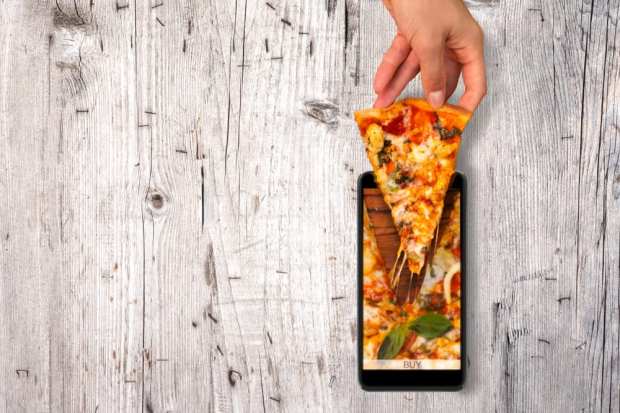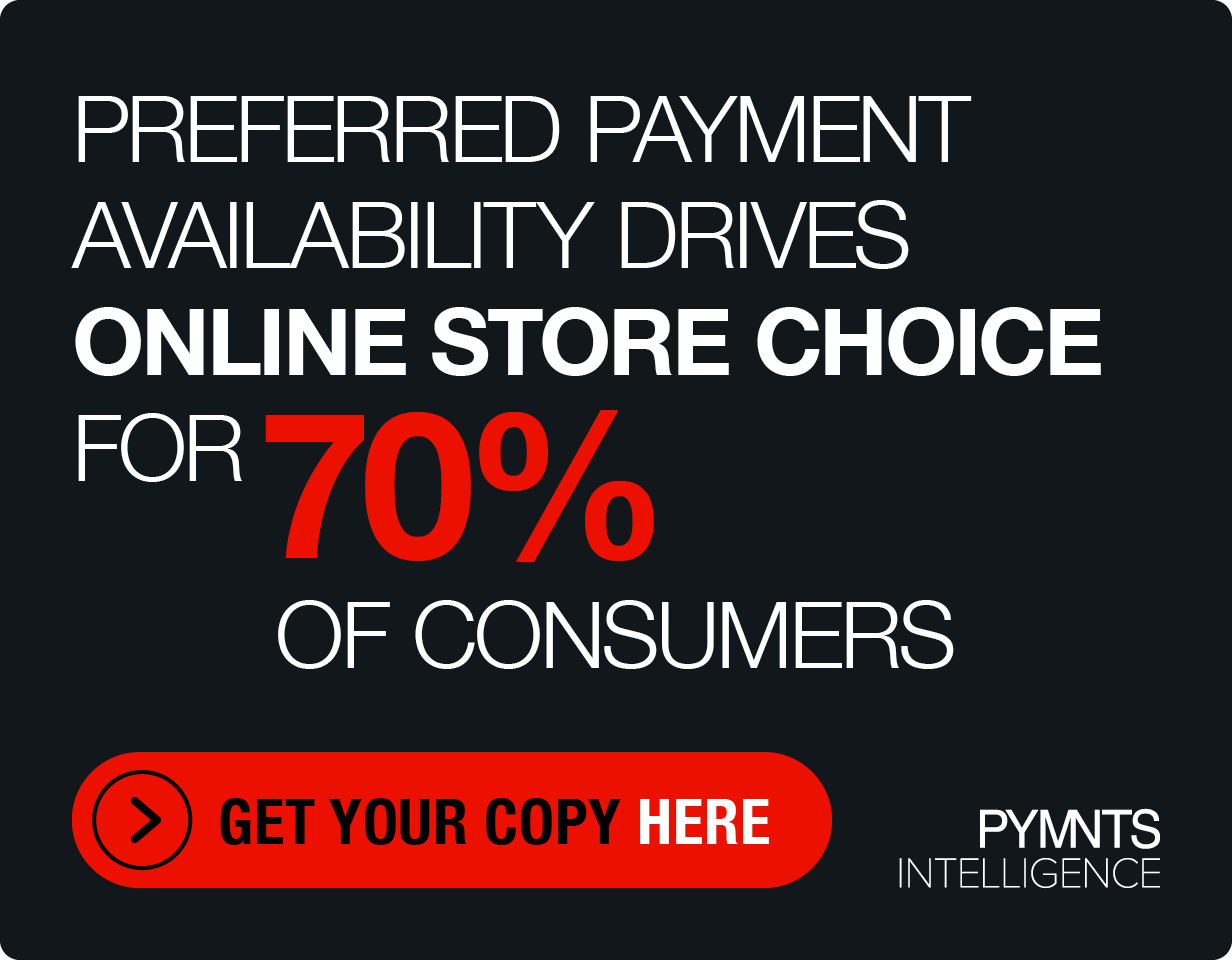Mobile Smart Kitchens Reinvent Food Delivery

The food that appears on one’s dinner plate each night comes with no small amount of environmental cost. It takes much land, water, pesticides, electricity and fossil fuel to grow, harvest, package, transport and prepare the food required to make even the simplest possible meals. A peanut butter and jelly sandwich may not look like much on the plate — but it actually takes quite a lot of resources and infrastructure to get it there.
This is why it is such a shame that a third of the food produced on the planet is never eaten — instead getting tossed into the trash and shipped out one final time to the landfill.
For the food industry — that waste adds up to a $990 billion price tag, according to Alex Garden, chairman and CEO of Zume Inc. He told PYMNTS that the costs to the planet, in terms of the damage done, are incalculable — and getting worse. The population is growing and is on track to reach 10 billion by the middle of this century. On the assumption that all of those people are going to need to eat, the world needs to find a way to get better about more efficiently distributing the edible resources.
Which, Garden noted, is where Zume enters the picture.
“Zume is engineering the world’s transition to a sustainable food future by providing the ‘sustainable tech’ to reboot our food system and help food companies thrive in an increasingly delivery-enabled system, while reducing waste and carbon emissions.”
It is, admittedly, a pretty big mission. However, in trying to meet it, Zume decided to start small.
With pizza.
From Hot Pizza To A Full Stack Solution
Delivery has changed the face of the food business on a global scale Garden noted — and as large a force as it is today, valued at $35 billion — it is expected to grow by more than twenty-fold to $365B by 2030. That’s good news for consumers from a convenience point of view — but there remain all kinds of issues.
“Food delivery is fundamentally changing restaurants’ businesses as delivery eliminates the face-to-face connection between brands and their customers and erodes margins. Additionally, delivery often provides an inferior product due to degradation.”
The problem, he noted, is especially acute for small-to-mid-size restaurant owners who do not have access to capital to build lots of new restaurants or the leverage to negotiate delivery fees with last-mile delivery providers.
Zume’s intention in entering the food delivery market was to start to fix these seemingly in-built problems — and so they started with the most delivered food on the planet: pizza. In its early days — Zume captured a name for itself and many headlines as it became known as the Mountain View pizza company with the gimmick — a restaurant on wheels that cooked pizza en route to delivering it to the consumer.
However, pizza was just their prototype — and in 2018, they began building out to the firm’s broader ambition — exporting their technology to any restaurant that wanted to use it to expand their operations.
“We offer food brands a full stack of hardware, software, and packaging solutions to allow companies to grow in an on-demand system,” he explained.
In practical terms, he noted, Zume allows restaurants of all sizes to get up and running with what it calls Forward Mobile Kitchens that come pre-built with smart appliances and proprietary artificial intelligence (AI) designed to help firms optimize their operations. That includes things like dynamic restocking of items to meet real-time demand or using predictive analytics to help restaurant owners best locate their mobile units.
“It takes years and hundreds of thousands of dollars to launch a restaurant — with our mobile units, we bring the time it takes down from months to weeks so restaurants can expand faster with lower upfront capital and we offer a flexible way to unlock new markets,” Garden said.
Rethinking Food Logistics
In some ways, the Forward Mobile Kitchen sounds a bit like a food truck solution — though Garden noted the essential difference is that the latter are mobile — but still designed for walk-up dining. The Zume Forward Mobile Kitchens are instead optimized for delivery.
The goal, he noted, is true mobility and the ability to expand and also target so-called “micro-trade areas” that are underserved by typical demand fulfillment channels. Office buildings, parks, hospitals and events, he noted, are all areas without food delivery options, or a very limited assortment — that provide smart niche openings to exploit.
Leveraging the total package — the vehicle networks, the connected appliances and predictive analytics — both the merchant and the consumer win, he noted, because they both get what they want — an efficient route that puts the food “closer to where customers want it, at the moment they want it.”
More importantly, it does it in a way that is also cleaner and more sustainable: No lost time on delivery; no food wasted when its quality degrades too much; and an efficient and short connection between what the customer wants and the entity that provides it.
Zume Source Packaging, he noted, provides sustainable packaging and services like molded fiber containers with the performance characteristics of plastic that come at the same or lower cost when manufactured at scale.
Because, he noted, with the radical changes evident in the food industry over the last decade, it is becoming clear that consumers should not be pushed to choose between convenience and sustainability. The challenge is making them able to select both of those things in the same offering.
“With increasing resource constraints, greater climate disruptions and impending growth of the food delivery industry, we have to find more sustainable ways to meet demand.”
